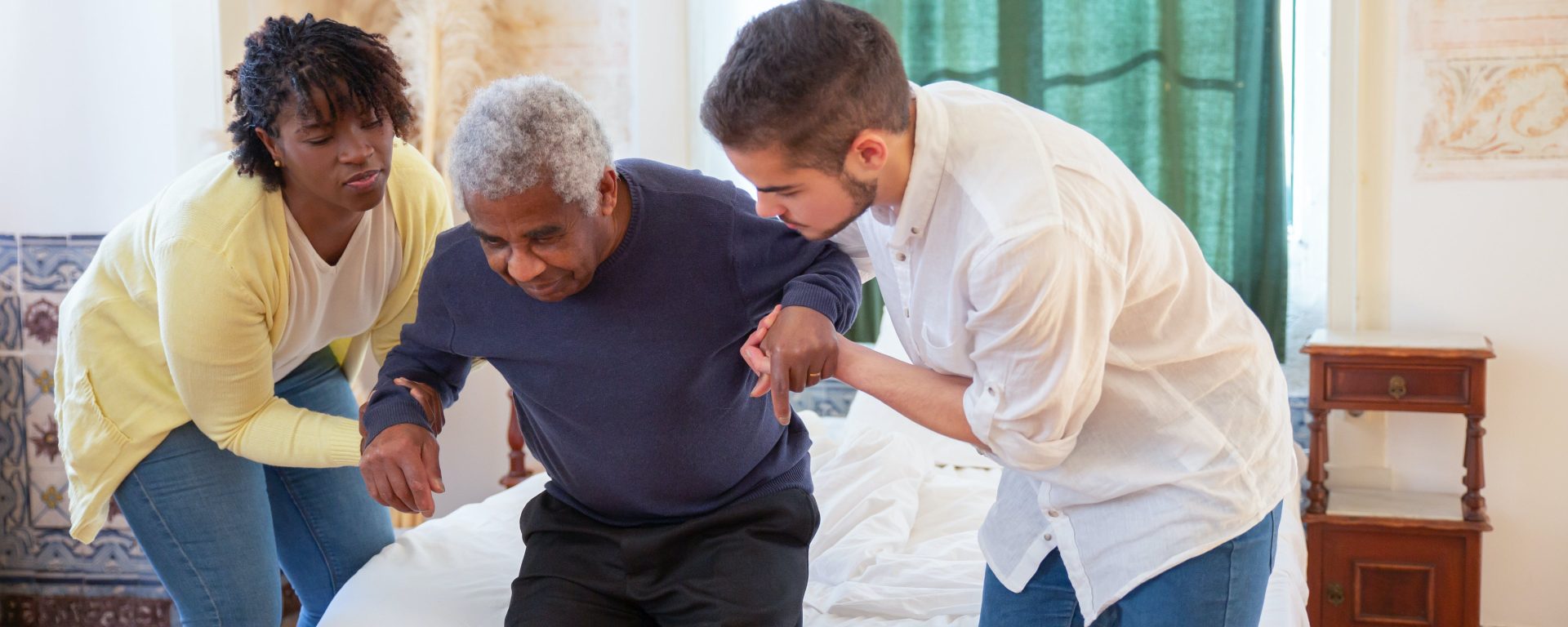In 1993, Stones, et. al., aimed to investigate the acute effects of non-strenuous physical exercise on memory retrieval and visuo-motor performance in ambulatory nursing home residents of advanced age. The study employed a randomized control trial design and was conducted within the setting of a nursing home.
Ambulatory volunteers (n=20) from the nursing home, all demonstrating normal mental status, were included. The participants had an average age of 84.5 years and an average education duration of 9.3 years. Randomization divided them into exercise and control groups, with three male and 17 female participants.
The exercise group received a single 15-minute bout of standardized, non-strenuous physical exercise, administered individually to each participant. The control group watched a 15-minute video featuring similar exercises.
Memory retrieval was assessed using two measures, requiring participants to recall category instances with either semantic or initial consonant cues. Each retrieval task had a time limit of 60 seconds for four categories. Visuo-motor performance was measured using Symbol Digit coding. Testing sessions were conducted before exercise, immediately post-exercise, and 30 minutes post-exercise.
The group-by-time interaction was found to be significant specifically for semantically cued memory (P < 0.01). The exercised group exhibited higher retrieval at the post-test compared to the control group. The increased retrieval in the exercise group was primarily attributed to a higher number of new items retrieved immediately post-exercise (P < 0.05).
This study offers preliminary support for the hypothesis that engaging in non-strenuous physical exercise acutely enhances meaningfully cued memory in old-old nursing home residents.
Reference: Stones, M. J., & Dawe, D. (1993). Acute exercise facilitates semantically cued memory in nursing home residents. Journal of the American Geriatrics Society, 41(5), 531-534.
